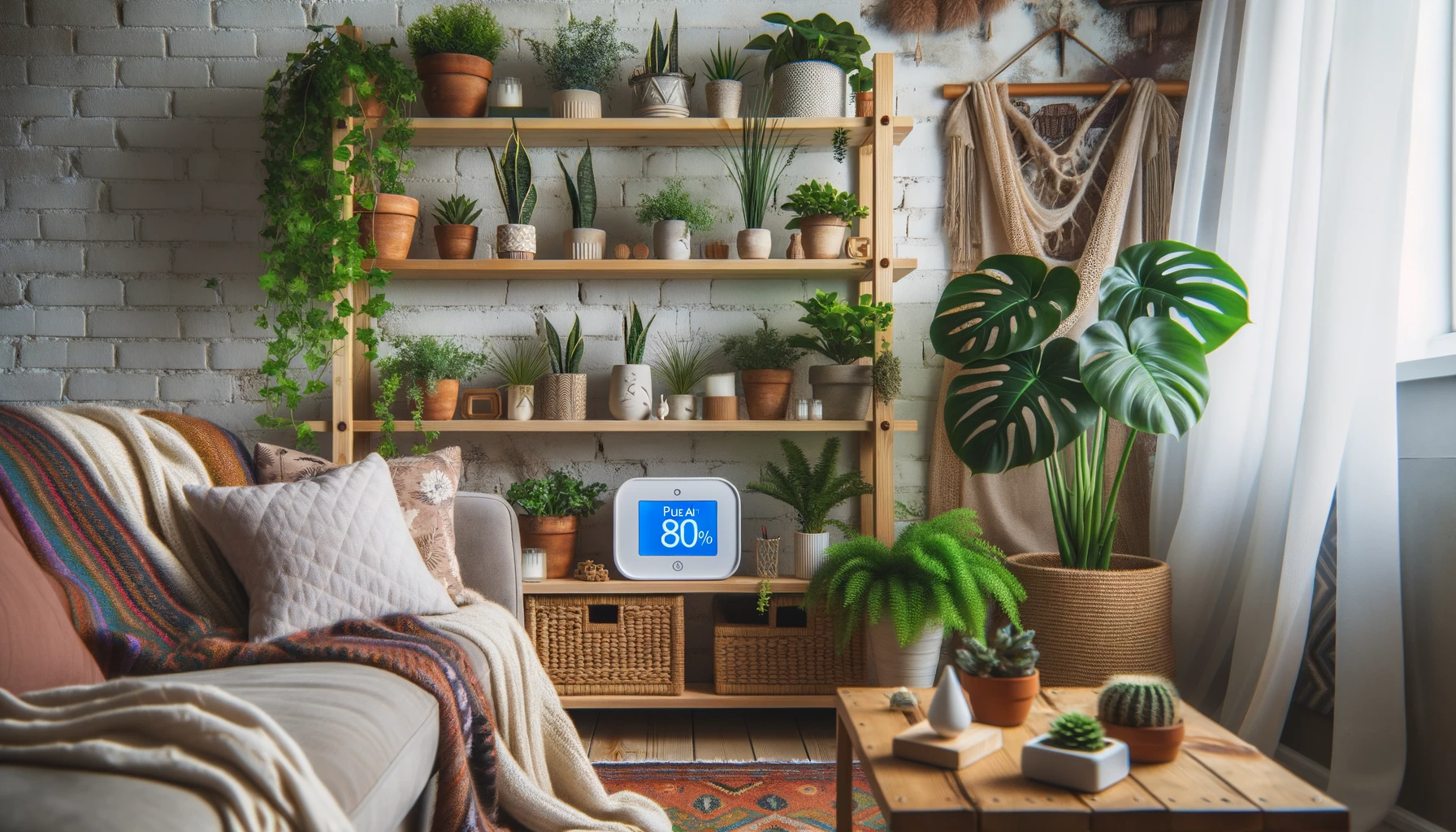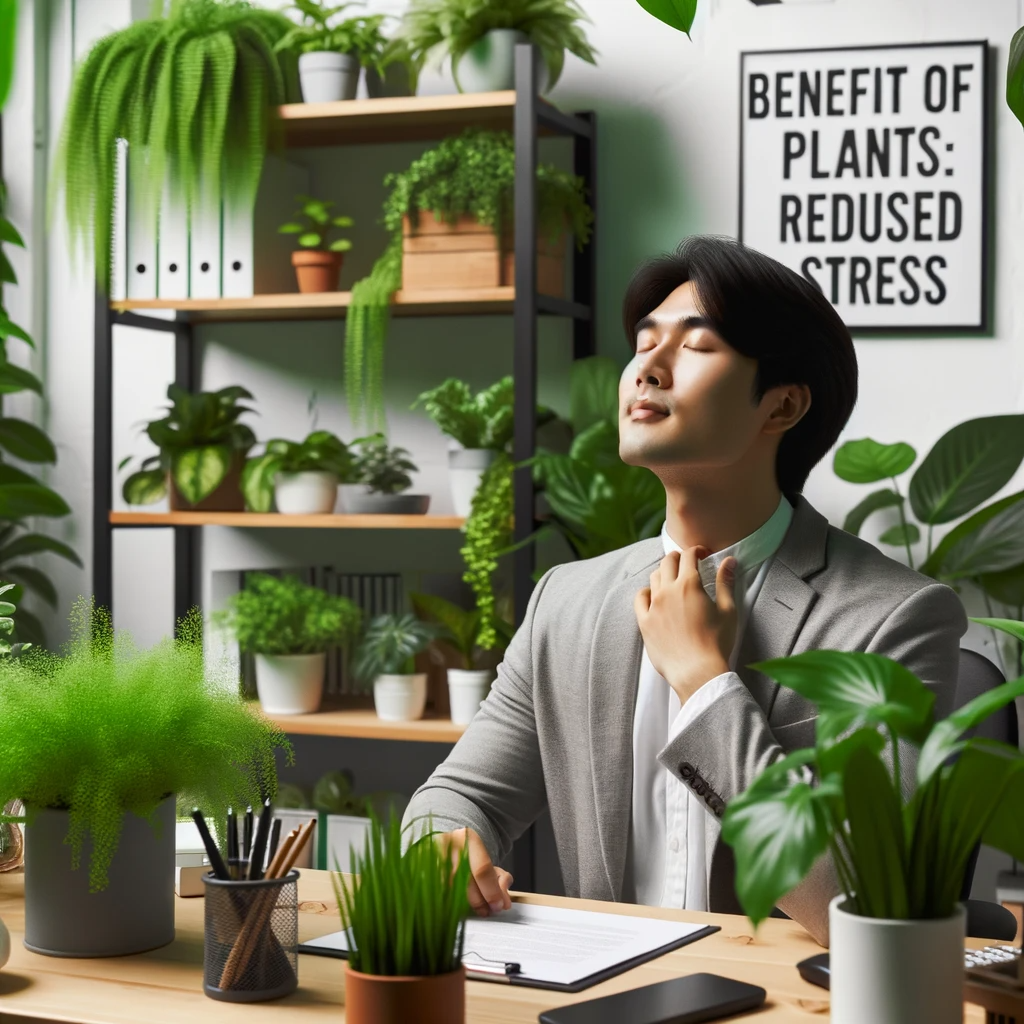Indoor plants can transform any space by bringing nature indoors. Not only do they liven up rooms with greenery and color, but they offer many proven benefits as well. Here are some of the top reasons to add indoor plants to your home or office.
Improved Air Quality
One of the main benefits of indoor plants is their ability to improve air quality. Many common houseplants are excellent air purifiers that filter out pollutants. They absorb toxins like formaldehyde, benzene, and trichloroethylene from the air through their leaves and roots.
Plants also increase humidity and reduce airborne dust. By filling rooms with lush greenery, you can reduce air pollution indoors and create a fresher, cleaner environment. Some great air-purifying plants to try are peace lilies, English ivy, Boston ferns, and spider plants.

Reduced Stress Levels
Studies show that being around plants has positive effects on mental health and can reduce stress. One reason is that plants help purify indoor air, which subsequently boosts mood and cognitive function. But they also have a calming, relaxing effect just by being present and adding natural elements indoors.
Looking at greenery and vegetation activates parts of the brain associated with relaxation. Having plants in offices has been linked to lower work-related stress and anxiety. Simple houseplants can help create an oasis at home and make it easier to unwind.

Increased Productivity
Along with decreasing stress, indoor plants can boost productivity. Workers in offices with plants can concentrate better with up to 15% improved performance on tasks requiring sustained focus.
Plants also improve workplace satisfaction and morale. In school classrooms, studies found that students showed 12% higher scores on tests in rooms with plants. The natural environment improves cognitive function, memory retention, and attentiveness.
Improved Mood
The presence of indoor plants has positive effects on overall mood as well. One study found that participants who spent time in a plant-filled room reported decreased feelings of fear, anger, anxiety, and sadness. Participants also had improved scores on a mood assessment.
Having indoor plants around can lift your spirits and make you feel happier in your home or workspace. The tranquility of nature indoors helps increase feelings of joy and refreshment. Caring for plants can also be therapeutic and boost your overall wellbeing.
Increased Creativity
Some research indicates that being around plants stimulates creativity and original thinking. Study participants in rooms with plants came up with more novel, imaginative ideas during problem-solving tasks vs. those in empty rooms.
Having greenery around seems to allow our minds to wander in creative ways. Plants also add visual stimulation that sparks inspiration. If you need an inventive boost, add some plants around your desk or in your home office.
Reduced Noise Levels
Plants don’t just improve air quality – they can muffle noise pollution as well. Research shows that adding greenery indoors can reduce ambient noise levels. Leaves, soil, and plant pots help absorb, scatter, and deflect sound.
If you live in a noisy urban area or have loud neighbors nearby, bringing plants inside is an easy way to dampen noise. Filling rooms with leafy plants can create a quieter, more peaceful environment. They act as natural sound dampeners to help soften unwanted noise.

Increased Property Value
Not only do indoor plants benefit your health and productivity, but they can also boost your home’s value as well. Houses with filled with lush indoor greenery can increase property value by as much as 15%.
Plants make rooms look brighter, more inviting and add warmth. Properly cared for indoor plants also convey a sense of pride in owning a home. Increased curb appeal and a welcoming atmosphere means potential buyers are often willing to pay more for homes with abundant indoor plants and gardens.
FAQs About Houseplants
What are the easiest indoor plants for beginners?
Some great starter houseplants for beginners are pothos, philodendrons, peace lilies, succulents like jade plants, and ZZ plants. They are tolerant of various light conditions and are harder to kill.
Where should I place indoor plants in my home?
Most indoor plants do best in bright, indirect light. Good spots are near east or south-facing windows. Rotate plants weekly so all sides get light. Keep plants away from drafty areas, vents, and direct sunlight.
How often should I water indoor plants?
Watering frequency depends on the type of plant, pot size, lighting, and other factors. A general rule is to water when the top 1-2 inches of soil become dry. Overwatering is the most common cause of houseplant death.
Should I mist my indoor plants?
Misting is not necessary for most indoor plants and does little to increase humidity. It can promote fungal disease. Instead, fill a tray with pebbles and water and place potted plants on top to create a humid microclimate around the plants.
What type of potting mix should I use?
Use a well-draining potting mix made for indoor plants, not regular garden soil. The mix should contain peat moss, perlite or vermiculite, and compost. Make sure the pot has drainage holes to prevent overwatering.
Conclusion
Filling your home with indoor plants offers a wide range of health and wellbeing benefits for both mental and physical health. From purifying the air to reducing stress and increasing productivity, houseplants improve our spaces in many ways. Plus, they add natural beauty to rooms and can boost the value of your home. With the variety of easy-care options available, anyone can become a successful indoor gardener. Try adding just a few plants at a time to any room improve your indoor environment.

